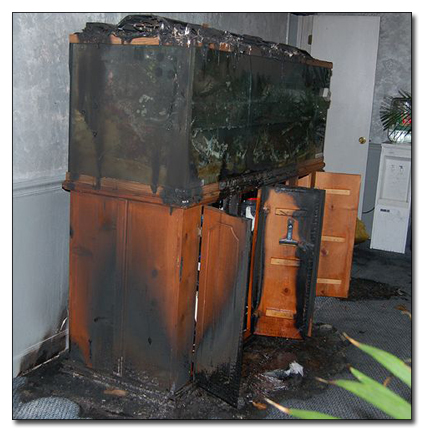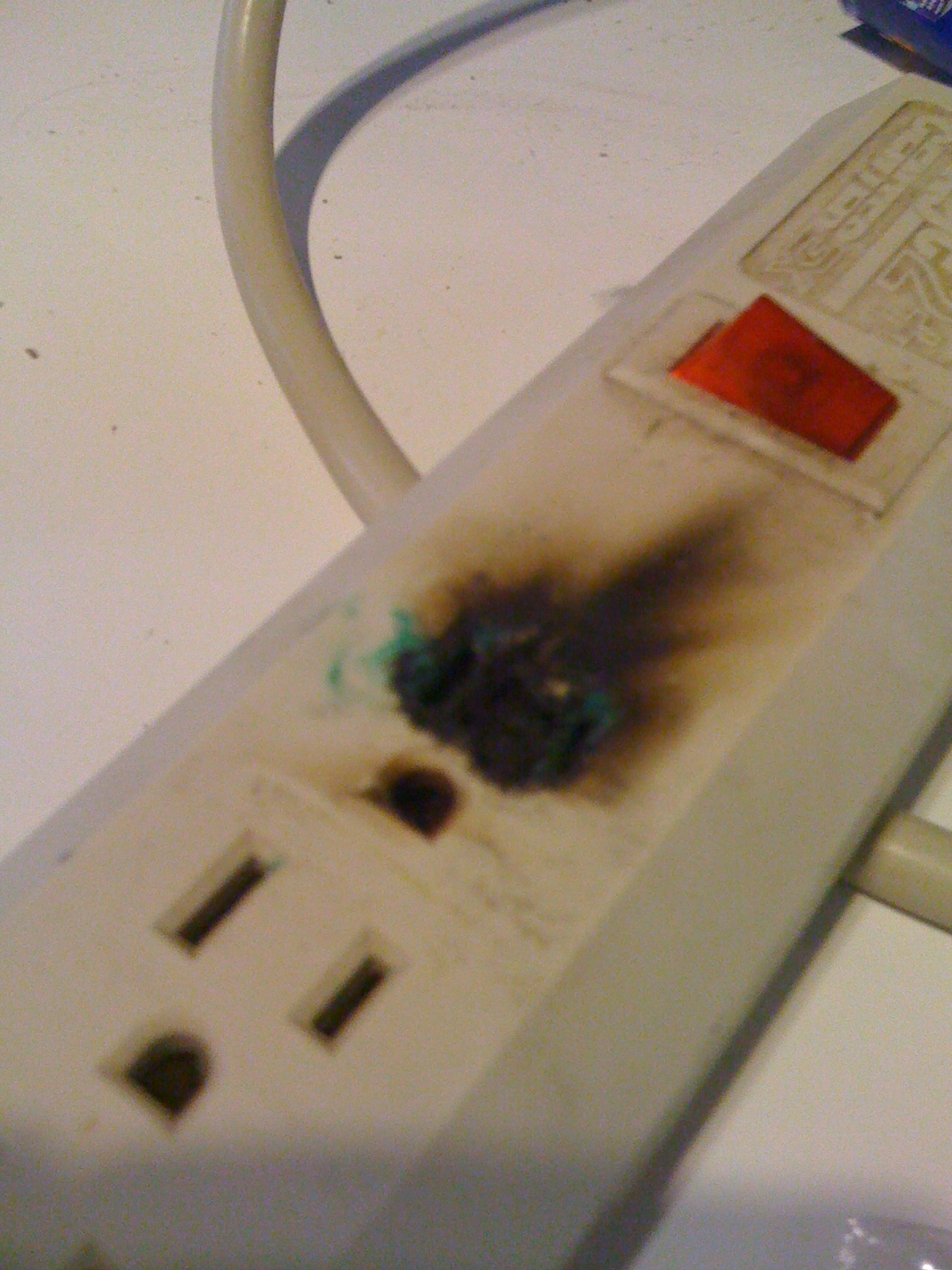snakeblitz33
Well-Known Member
Hello guys and gals,
So, I really want to install a GFCI unit in my old 1940s house that has no grounding wires! Can you believe that? I thought I was in luck when I found out that an outlet directly behind the outlet that I want to install the GFCI on was a 3 prong! I thought OH GOOD! I have a grounding wire RIGHT THERE! YAY! and then I opened it up and it didn't have a ground wire.
So - I have read all of the instructions that came in the package on how to install a GFCI Unit and it looks like I don't even have to have a ground wire at all. To quote it:
"Connect the grounding wires (only if there is a grounding wire.): Connect a 5-inch bare copper or green 12 or 14AWG wire to the grounding terminal on the GFCI."
If I am reading it correctly, you don't even need a ground wire on a GFCI Unit. I've been doing some research on this on the internet as well and according to NES standard, it is perfectly fine to install a GFCI without a ground.
Does anyone have some advice on if it is ok, if it is bad, if having a ground is absolutely necessary and why... etc. I want to know why you say that not having a ground wire on a GFCI is bad. Back it up... or if it's perfectly fine to do then set my mind at ease.
Thanks!
So, I really want to install a GFCI unit in my old 1940s house that has no grounding wires! Can you believe that? I thought I was in luck when I found out that an outlet directly behind the outlet that I want to install the GFCI on was a 3 prong! I thought OH GOOD! I have a grounding wire RIGHT THERE! YAY! and then I opened it up and it didn't have a ground wire.
So - I have read all of the instructions that came in the package on how to install a GFCI Unit and it looks like I don't even have to have a ground wire at all. To quote it:
"Connect the grounding wires (only if there is a grounding wire.): Connect a 5-inch bare copper or green 12 or 14AWG wire to the grounding terminal on the GFCI."
If I am reading it correctly, you don't even need a ground wire on a GFCI Unit. I've been doing some research on this on the internet as well and according to NES standard, it is perfectly fine to install a GFCI without a ground.
Does anyone have some advice on if it is ok, if it is bad, if having a ground is absolutely necessary and why... etc. I want to know why you say that not having a ground wire on a GFCI is bad. Back it up... or if it's perfectly fine to do then set my mind at ease.
Thanks!



